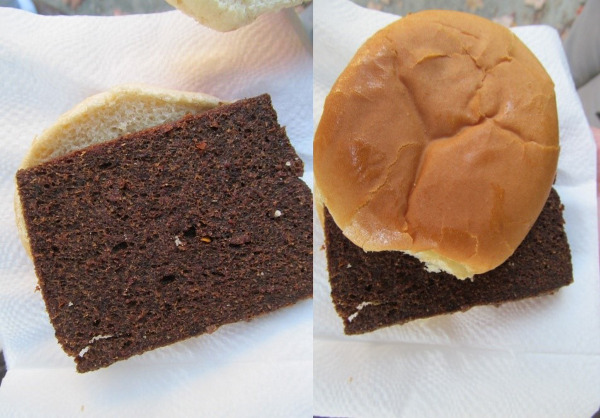The Liver Mush Mystique
This Southern sensation is finding an audience outside of hardcore regional fans

Have you tried liver mush, or do you just cringe at the name? In parts of the South, it’s a beloved breakfast tradition. Even more amazing is its soaring popularity, with its appeal extending beyond breakfast. Some love it, some turn their noses up and some are just plain baffled by it. But it’s undeniable: the sales are rising and the popularity is growing. Liver mush—sometimes called livermush—is a Southern sensation.
That popularity could be attributed to an annual festival held in Shelby, N.C. and centered on this strange loaf. If you’re a Shelby native, you’re probably familiar with all the hoopla. It’s a festival with a following and an unlikely star.
The festival, called Mush, Music and Mutts, attracts thousands. Started in 1987, it’s grown from a few thousand to an estimated 15,000 in 2015. Held each October, there’s music, vendors, a pet costume contest and pet parade, among other highlights. There’s even an annual Little Miss Liver Mush Pageant, attracting entrants from all over the state. But don’t be fooled by all the commotion; the main attraction is liver mush. It’s everywhere. On different corners, you can buy a liver mush biscuit for a buck or two, topped with your choice of mustard, mayo or jelly. If that doesn’t satisfy your palate, local restaurants offer other mush dishes such as liver mush pizza, liver mush sandwiches or liver mush fried rice. The festival offers liver mush treats for your pooch; even Fido loves it. It grows in popularity each year. Folks are drawn to this deliciously weird dish. (So much so that there’s another festival devoted to it in Marion, N.C.)

Liver mush dog treats at the 2015 Mush, Music and Mutts festival
Locals love liver mush, and that doesn’t stop when the festival ends. It’s a tradition. Some old-timers (a.k.a. my grandmother) say that liver mush was developed out of necessity. She said that during the The Great Depression, the whole pig was used to prevent waste. Liver mush was made from pork liver and other not-so-appetizing parts, such as the snout and spleen. It was bulked up with flour, corn meal and spices and shaped into a loaf. It’s made the same way today.
Most folks love it fried and served on a biscuit; some prefer it as a side dish to their eggs and grits. Some like a thick liver mush omelet, gooey with cheese; others want it scrambled in their eggs. If you’re partial to grits, you might like it diced in yours. Your imagination is the only limit to liver mush versatility. Die-hard mush lovers like their mush prepared a certain way, with no wavering—don’t mess with the mush.

Fried liver mush on a bun
What does it taste like? You have to wonder about anything with the word liver in it. While many folks think liver mush tastes similar to pork sausage, others disagree. It has a unique flavor that’s difficult to explain. The added spices enhance the flavor, and the texture is soft and smooth. But be careful; if it’s fried too long, it can become dry and less flavorful.
-

-

-

-

-

-

-

-

-

-

-

-

-

-

-

-

-

-

-

-

-

-

-

-

-

-

-

-

-

-

-

-

-

-

-

-

-

-

-

-









































